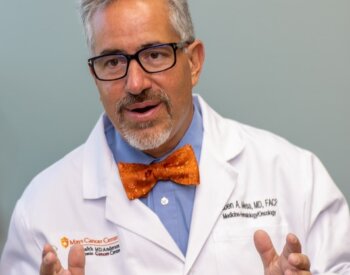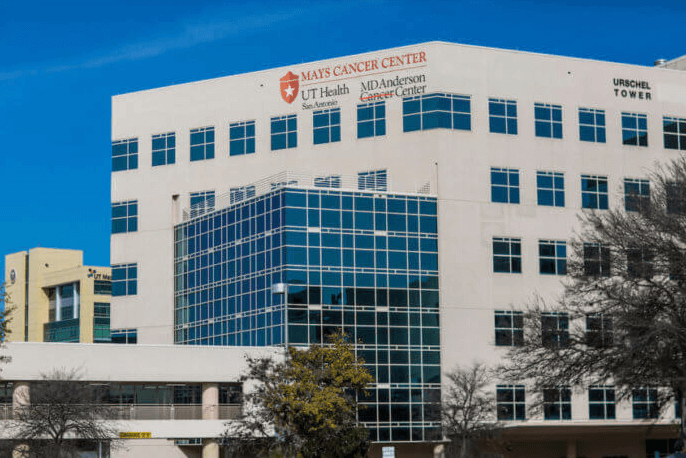Joint call to action urges individuals, providers and insurers to increase access to and utilization of low-dose CT screening for those at high risk for lung cancer
Contact: Eileen Teves, 210-450-7239, tevese@uthscsa.edu
SAN ANTONIO (Nov. 1, 2022) – Lung cancer is the leading cause of cancer death in the United States, accounting for almost 25% of all cancer deaths. Despite advances in treatment and successful efforts to reduce smoking, the disease kills more than 350 people in the U.S. each day — but it doesn’t have to be this way.
If all people who should be screened for lung cancer got screened, we can save tens of thousands of lives, and tens of millions of dollars. Lung cancer is so deadly because it is most often diagnosed at an advanced stage when treatment options are limited, and outcomes are poor.
“In support of this important initiative, we stand by our mission to decrease the burden of cancer throughout our community,” stated Ruben Mesa, MD, FACP, executive director of Mays Cancer Center. “Screenings enable us to detect lung cancer early, which leads to better patient outcomes.”

Mays Cancer Center, home to UT Health San Antonio MD Anderson Cancer Center, is one of only four National Cancer Institute (NCI)-designated cancer centers in Texas. It has partnered with more than 50 cancer organizations to issue a call to action urging individuals, providers and insurers to increase access to and utilization of low-dose computed tomography (CT) scans for those at high risk for lung cancer. The U.S. Preventive Services Task Force recommends annual screening for people ages 50-80 who have smoked for at least 20 years. However, only 5.7% of eligible Americans were screened for lung cancer before the COVID-19 pandemic — compared to screening rates for breast, cervical and colon cancers that hover between 60% and 80%. And we know screening rates have decreased for all cancers due to the pandemic.
“Early detection is key to reducing lung cancer deaths. We estimate as many as 60,000 lives could be saved each year if the 14.5 million Americans who are eligible received annual lung cancer screening. This would allow us to catch the disease early when curative treatment options are available,” said Jhanelle E. Gray, MD, statement co-author and department chair and program leader of Thoracic Oncology at Moffitt Cancer Center in Tampa, Fla.
The new effort also aligns with and supports the national Cancer Moonshot initiative, which aims to reduce cancer deaths by 50% over the next 25 years. Lung cancer screening is one easy way to help reach that goal. This call to action provides guidance for national support, including public funding and health policy changes needed to significantly improve lung cancer screening participation.
“We have identified the barriers to lung cancer screening. Now, we need everyone to come together to overcome them. We need a national education and awareness campaign — not just to reach individuals who are eligible for screenings, but also the providers and health educators who should be recommending them,” said Mary Reid, PhD, MSPH, statement co-author and chief of Cancer Screening and Survivorship at Roswell Park Comprehensive Cancer Center in Buffalo, NY.
Two major barriers to screening are coverage and access. While low-dose CT screening for lung cancer is covered by Medicare and most private insurance plans, the pre-authorization process can delay the procedure by several days and place an unnecessary burden on community providers. Additionally, a recent study by the American Cancer Society found that at least 5% of those eligible for low-dose CT scans live more than 40 miles from a screening facility — and that percentage jumps to nearly 25% for screening-eligible individuals in rural areas.
Together, we have an unprecedented opportunity to drive down cancer deaths by taking advantage of a tool that is effective, noninvasive and inexpensive. We urge people to talk to their physicians about lung cancer screening or to take advantage of resources, such as the American Lung Association’s screening eligibility quiz or GO2 Foundation for Lung Cancer state-by-state screening center directory.
The Mays Cancer Center, home to UT Health San Antonio MD Anderson Cancer Center, is one of only four National Cancer Institute-designated Cancer Centers in Texas. The Mays Cancer Center provides leading-edge cancer care, propels innovative cancer research and educates the next generation of leaders to end cancer in South Texas. Visit www.UTHealthsaMDAnderson.org.
The University of Texas Health Science Center at San Antonio, also called UT Health San Antonio, is one of the country’s leading health science universities and is designated as a Hispanic-Serving Institution by the U.S. Department of Education. With missions of teaching, research, patient care and community engagement, its schools of medicine, nursing, dentistry, health professions and graduate biomedical sciences have graduated more than 41,100 alumni who are leading change, advancing their fields and renewing hope for patients and their families throughout South Texas and the world. To learn about the many ways “We make lives better®,” visit http://uthscsa.edu.
Stay connected with The University of Texas Health Science Center at San Antonio on Facebook, Twitter, LinkedIn, Instagram and YouTube.


